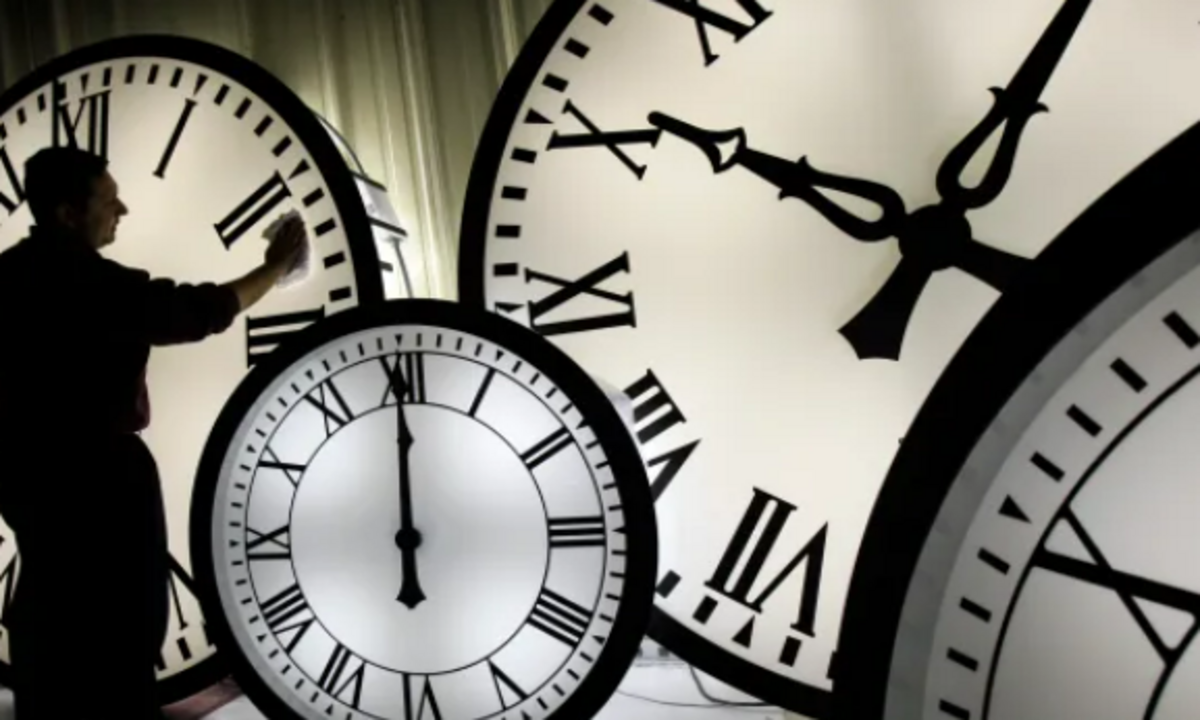Daylight Saving Time (DST) in the United States is set to begin on Sunday, March 9, 2025, at 2:00 a.m. At this time, clocks will be moved forward by one hour, ushering in longer daylight hours in the evenings.
This adjustment will remain until Sunday, November 2, 2025, when clocks will be set back by one hour to standard time.
Understanding Daylight Saving Time
DST is a practice aimed at maximizing the use of daylight during the longer days of spring and summer. By shifting an hour of daylight from the morning to the evening, individuals can enjoy extended daylight in the evenings, which can lead to energy savings and more opportunities for outdoor activities.
Historical Context
The concept of DST has been around for more than a century. It was first used during World War I and World War II as a strategy to conserve energy. The U.S. officially adopted DST with the Uniform Time Act of 1966, which standardized its start and end dates. Since then, DST has undergone several modifications, with the most recent adjustment occurring in 2007, extending its duration by several weeks.
States That Observe and Opt-Out of DST
While most U.S. states observe DST, some regions do not. States like Hawaii and most of Arizona have chosen to opt out of DST. U.S. territories including Puerto Rico, Guam, the U.S. Virgin Islands, and American Samoa also do not participate in DST and remain on standard time year-round.
Pros and Cons of DST
Benefits of Daylight-Saving Time:
Extended Evening Daylight: Allows for longer periods of daylight in the evenings, which can be beneficial for outdoor activities and can boost local economies.
Potential Energy Savings: With more daylight in the evening, there’s a reduced need for artificial lighting, which can lead to energy conservation.
Reduced Traffic Accidents: Studies suggest that longer daylight hours can lead to fewer road accidents due to better visibility.
Challenges and Criticisms of DST:
Disrupted Sleep Patterns: The loss of an hour can affect people’s health and productivity, leading to tiredness and difficulty concentrating.
Potential Health Risks: Research has shown that clock changes can lead to increased risks of heart attacks, strokes, and mental health issues.
Economic and Business Disruptions: Industries that rely on precise time schedules, such as airlines and financial markets, often experience scheduling difficulties due to DST changes.
Calls for Permanent Daylight-Saving Time
The debate over making DST permanent has gained momentum in recent years. Many Americans feel that switching clocks twice a year causes unnecessary disruptions. In response to these concerns, the Sunshine Protection Act was introduced in Congress. The act aims to make Daylight Saving Time permanent nationwide, meaning there would be no more clock changes. While the U.S. Senate passed the bill in 2022, it has yet to become law. Supporters argue that eliminating the biannual time change would improve public health, increase productivity, and reduce confusion. However, opponents believe permanent standard time would be a better alternative, as it aligns more naturally with human sleep cycles.
How to Prepare for the Time Change
With March 9 fast approaching, here are some tips to adjust smoothly:
Gradually Adjust Your Sleep Schedule: Start going to bed 15-30 minutes earlier a few days before the time change to help your body adapt.
Expose Yourself to Natural Light: Spend time outdoors in the morning to help reset your internal clock.
Limit Caffeine and Screen Time Before Bed: Reducing these can help improve sleep quality.
Change Your Clocks in Advance: Set your clocks forward before going to bed on Saturday night to avoid confusion in the morning.
Final Thoughts
While Daylight Saving Time offers extended daylight hours, it also comes with certain drawbacks. Whether the U.S. will move toward permanent DST or keep the current system remains uncertain. As March 9 approaches, make sure to adjust your clocks and prepare for the time shift to ensure a smooth transition into the longer days ahead.
Disclaimer—Our team has checked this article to ensure its accuracy and eliminate any misinformation. We are committed to providing clear and reliable information for our readers.


